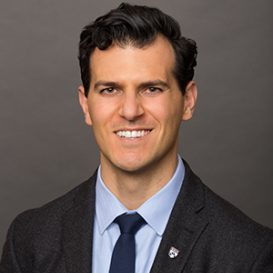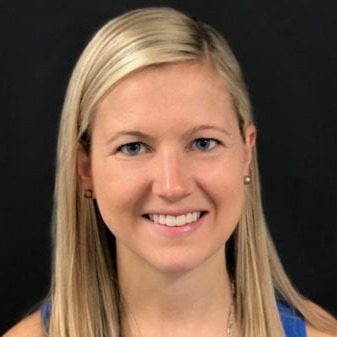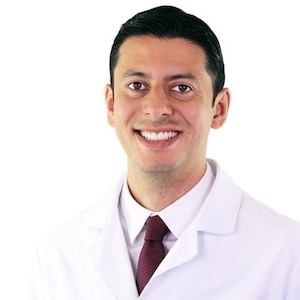
Matthew J. Sun

Dennis Sourvanos

Sooryung Ann

Nicole Deakins

Julián Conejo
 Matthew J. Sun |  Dennis Sourvanos |  Sooryung Ann |  Nicole Deakins |  Julián Conejo |
Sun, Matthew J.1, Sourvanos, Dennis2, Ann, Sooryung1, Deakins, Nicole1
Faculty / Advisor: Conejo, Julián1
1University of Pennsylvania School of Dental Medicine, Department of Preventive and Restorative Sciences
2University of Pennsylvania School of Dental Medicine, Department of Periodontics
Integrating the diagnostic and treatment planning benefits of Cone Beam Computed Tomography (CBCT) with digital impressions from intraoral scanners (IOS), and digital wax-ups with the prosthetic plan is the “gold standard” for prosthetically driven implantology and interdisciplinary treatment planning. The following workflow exemplifies the step-by-step process on how to predictably obtain the “digital clone” of patients’ initial clinical situation for optimal diagnosis and planning purposes.
Methods1. Preliminary Digital Impressions Full arch intraoral scans are made, assuring that all hard and soft tissue structures are clearly captured with the IOS (CEREC Omnicam, DentsplySirona). Once the maxillary and mandibular files have been reviewed and cleaned by removing any unnecessary data scanned, a third file from the buccal view to capture the maxilla-mandibular relation is made. This buccal scan correlates the previous scans and recreate the patient’s bite. Depending on the specific needs, it can be recorded in maximal intercuspal position if a limited number of teeth will be restored, or in centric relation if a full mouth rehabilitation approach is required. After the buccal scan is correlated, the files are exported as a standard triangulation language (.STL) file. 2. Digital Wax-up In the design software (InLab, DentsplySirona), the digital wax-up is made and a file including the new morphology and position of the teeth is also exported in .STL format. In the example case, a full-mouth wax-up is made at an increased vertical dimension of occlusion. When all teeth are modified, the surrounding soft tissue areas need to be maintained for accurate stitching between different files. 3. Segmentation of CBCT The DICOM file is uploaded into the planning software (CoDiagnostix, Dental Wings) and the segmentation is made for optimal orientation and visualization. This step provides finer visualization of the areas of interest. Here, the maxillae is used to demonstrate this process. 4. Establishing the Panoramic Curve The panoramic curve is established by following the arch form, apical to the CEJ, for ideal visualization of single and multiple rooted teeth. 5. Alignment of Model Scans The Pre-op .STL is aligned with CBCT using tooth landmarks. The digital wax-up .STL is then aligned to the Pre-op and CBCT layers using soft tissue landmarks. Alignment verification of these three layers is made then overlayed in 3D. 6. Prosthetically Driven Implant Planning The implant system is selected and 3D views of implant/sleeve position facilitate digital planning of prosthetically driven implant placement. Guided implant placement can be achieved with a digitally designed surgical guide fabricated with In-House 3D Printing (CARES P series, Straumann).
ResultsN/A
ConclusionThis digital workflow can be used to predictably obtain the “digital clone” for virtual diagnosis and multidisciplinary treatment planning of full mouth rehabilitation.